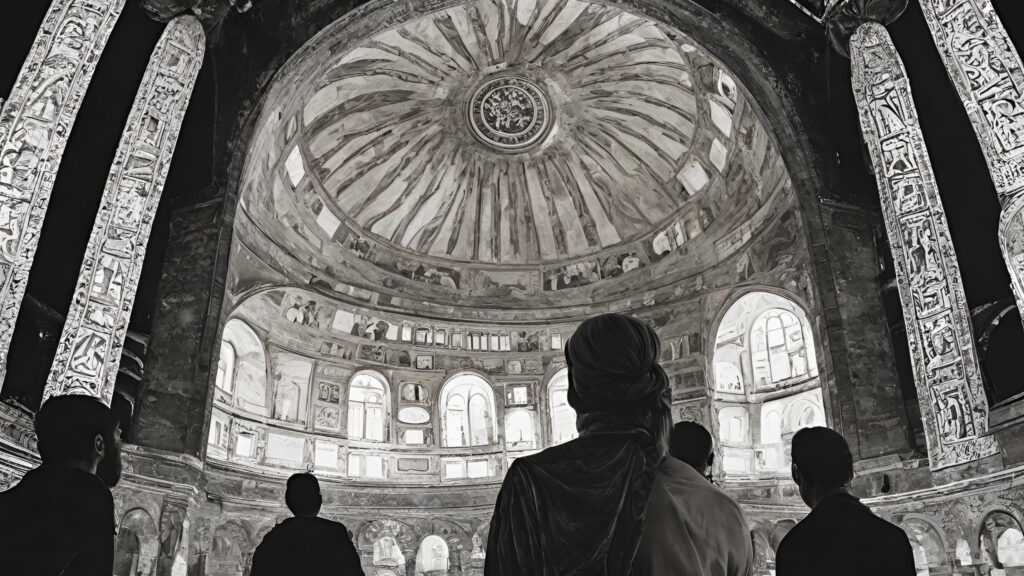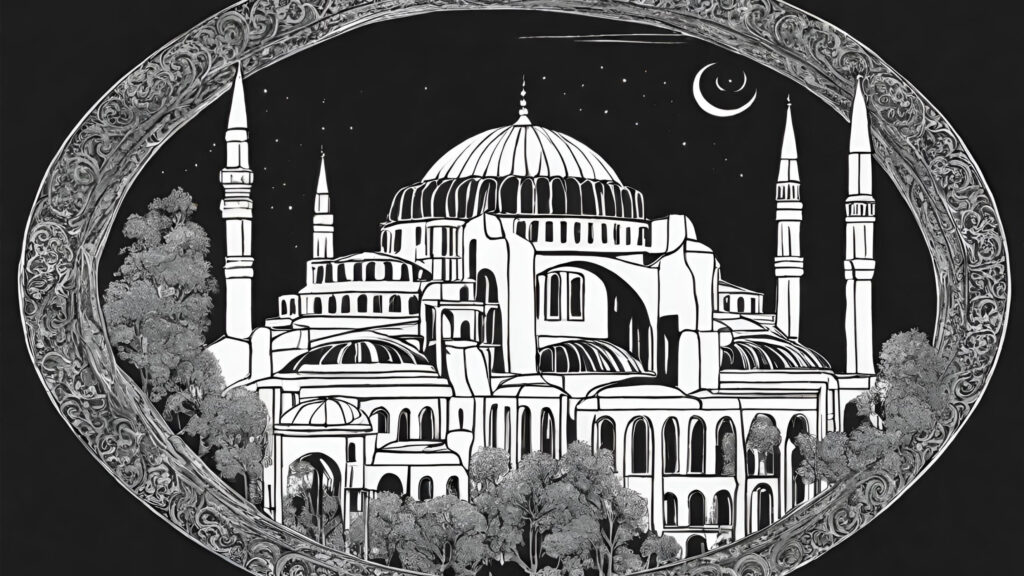Hagia Sophia is an iconic landmark that encapsulates Istanbul’s rich cultural and religious history. Known for its majestic domes, stunning mosaics, and architectural splendor, this historical marvel has fascinated travelers for centuries. As a symbol of the city where East meets West, Hagia Sophia draws visitors from all over the world to experience its grandeur and to learn about its transformation from a Byzantine cathedral to an Ottoman mosque, and finally, to its current status as a museum. Discover why visiting Hagia Sophia should be at the top of your Istanbul itinerary.
For more insider tips on Istanbul and its cultural treasures, visit atourguideinconstantinople, your go-to resource for in-depth knowledge on Turkish history, architecture, and food culture.

The Rich History of Hagia Sophia:
Hagia Sophia, also known as “Aya Sofya” in Turkish, was originally constructed in 537 AD by the Byzantine Emperor Justinian I as the largest Christian cathedral of its time. For nearly 1,000 years, it served as the epicenter of the Eastern Orthodox Church, symbolizing the religious and political power of the Byzantine Empire. After the Ottoman conquest of Constantinople in 1453, Sultan Mehmed II transformed Hagia Sophia into an imperial mosque, adding minarets and Islamic elements such as calligraphic panels, while preserving its Christian mosaics.
Hagia Sophia’s journey from a Christian basilica to a mosque reflects Istanbul’s unique position as a bridge between cultures. In 1935, it was converted into a museum under the secular Turkish Republic, further solidifying its position as a UNESCO World Heritage Site. In 2020, it was reconverted into a mosque, and visitors can now witness it as an active place of worship while exploring its historic features.
Architectural Grandeur: A Testament to Byzantine and Ottoman Genius
Hagia Sophia’s architecture is an unparalleled fusion of Byzantine and Ottoman design. Its most iconic feature is its immense central dome, which seems to float above the building, supported by four massive piers. The engineering innovation behind this dome astounded architects of the time and continues to inspire awe today.
Step inside, and you’ll be greeted by breathtaking mosaics of the Virgin Mary, Christ Pantocrator, and Byzantine emperors, juxtaposed with the elegant Islamic calligraphy added during the Ottoman era. The marble pillars and vast interior spaces give Hagia Sophia a sense of grandeur, while its intricate mosaics tell stories of Byzantine emperors, saints, and biblical scenes. The shimmering gold and blue mosaics of Christian figures add a mystical quality to the already sacred space.
Climb the ancient staircases to the upper galleries for a closer look at the mosaics and for panoramic views of the interior. The intricate interplay of light from the dome and windows creates an ethereal ambiance that adds to the structure’s spiritual significance.

Hagia Sophia’s Religious and Cultural Importance
Hagia Sophia is not only an architectural masterpiece but also a significant religious symbol for both Christians and Muslims. During its time as a cathedral, Hagia Sophia hosted significant Christian ceremonies such as coronations of Byzantine emperors. As a mosque, it became a symbol of the Islamic faith and Ottoman power. Its reconversion into a mosque in 2020 highlights its enduring religious relevance in modern Turkey.
Visiting Hagia Sophia today is an opportunity to reflect on the coexistence of diverse cultures and faiths throughout Istanbul’s history. The building itself serves as a testament to centuries of religious dialogue and the resilience of this ancient city.
Practical Information: Visiting Hagia Sophia Today
Hagia Sophia remains one of Istanbul’s most popular and essential attractions. Visitors from across the globe come to admire its rich history, stunning architecture, and peaceful ambiance. While you explore, make sure to visit the mihrab, an intricately carved niche indicating the direction of Mecca, and admire the Christian mosaics that remain, creating a unique intersection of faith and artistry.
Entry tickets cost approximately €25 per person, though wait times can exceed an hour due to its immense popularity. To avoid lengthy queues, it’s advisable to visit earlier in the morning or later in the afternoon. Alternatively, booking tickets in advance online can help streamline your visit. Once inside, be sure to take your time to absorb the beauty of both the structure and the history it represents.

For exclusive tips, cultural insights, and more ways to optimize your visit, check out atourguideinconstantinople, your ultimate resource for exploring Istanbul’s hidden gems and rich historical sites.
Conclusion:
Hagia Sophia stands as an enduring symbol of Istanbul’s cultural and historical wealth, offering visitors a glimpse into the city’s past, where Byzantine opulence and Ottoman grandeur coexist. Its breathtaking architectural marvels, combined with centuries of history and religious significance, make it a must-visit landmark for anyone exploring Istanbul.
Whether you’re drawn to the intricate mosaics, vast domes, or historical importance, Hagia Sophia promises a once-in-a-lifetime experience that resonates long after your visit. For more insights into Istanbul’s history, culture, and tips on where to explore, visit atourguideinconstantinople.org – your expert guide to Istanbul’s timeless wonders.
SEO Keywords:
Hagia Sophia, visiting Hagia Sophia Istanbul, Hagia Sophia tickets, Hagia Sophia history, Byzantine architecture, Ottoman architecture, Istanbul landmarks, UNESCO sites in Istanbul, Hagia Sophia tour guide, Byzantine mosaics, Islamic architecture Istanbul, Istanbul travel tips, Hagia Sophia mosque
